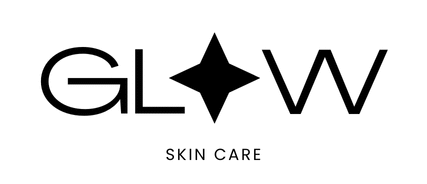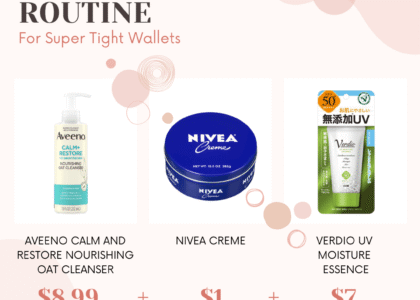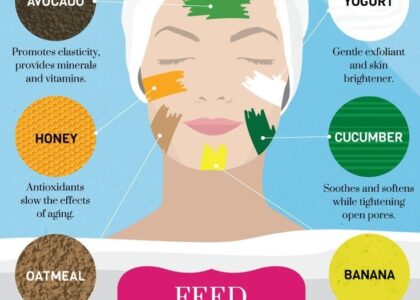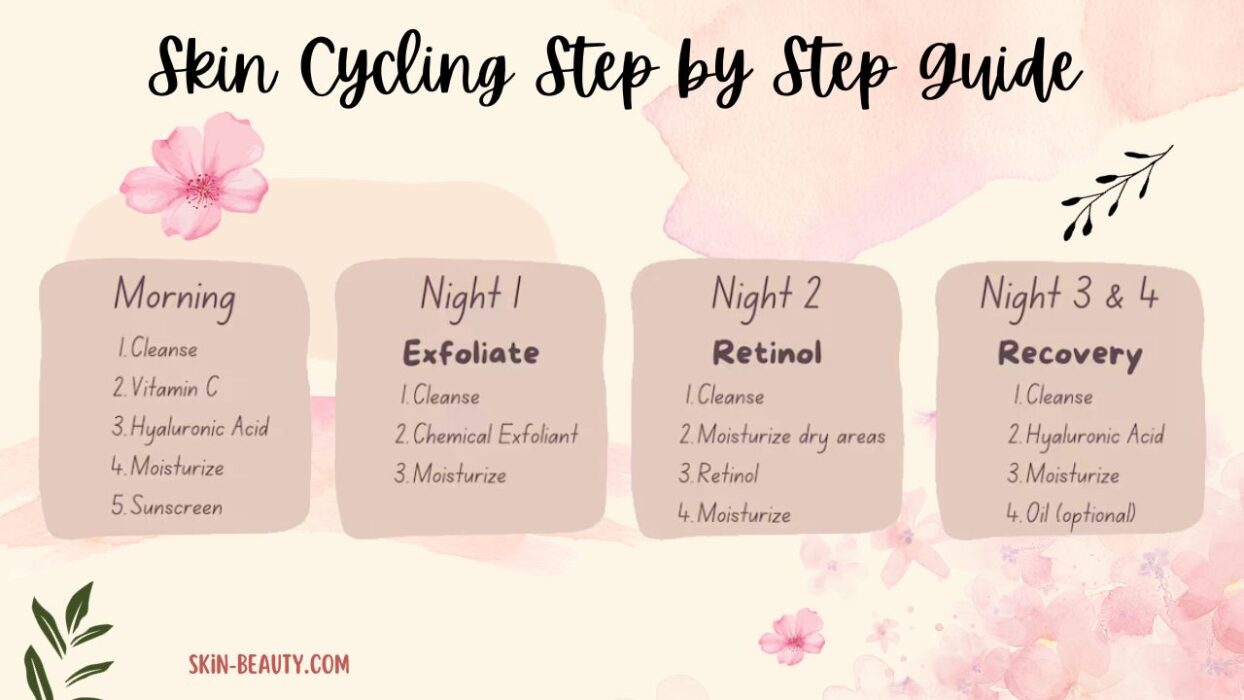In the world of skincare, trends come and go—but some ingredients have stood the test of time, backed by decades of research and dermatologist approval. Whether you’re targeting acne, aging, dryness, or dullness, certain powerhouse ingredients have become staples in both over-the-counter and prescription products.
In this article, we’ll explore the top 5 skincare ingredients dermatologists swear by, why they work, and how to use them for glowing, healthy skin.
1. Retinol (Vitamin A Derivative)
What It Is:
Retinol is a derivative of vitamin A and part of a broader group called retinoids. It boosts skin cell turnover and stimulates collagen production.
Benefits:
- Reduces fine lines and wrinkles
- Clears acne and prevents breakouts
- Fades hyperpigmentation and sun spots
- Improves skin texture and tone
How to Use:
- Start with a low concentration (0.25%–0.5%) and apply at night
- Use 2–3 times per week, then gradually increase frequency
- Always follow with moisturizer
- Use sunscreen daily, as retinol increases sun sensitivity
Watch Out:
- May cause dryness or irritation in the beginning
- Avoid mixing with AHAs, BHAs, and benzoyl peroxide in the same routine
Derm Tip: Retinol is your best anti-aging ally—but start slow and stay consistent.
2. Vitamin C (Ascorbic Acid)
What It Is:
A potent antioxidant that protects skin from free radical damage and environmental stressors.
Benefits:
- Brightens dull skin and evens skin tone
- Fades dark spots and acne scars
- Stimulates collagen for firmer skin
- Protects against sun and pollution damage (when used with SPF)
How to Use:
- Apply in the morning, after cleansing and before moisturizer
- Use a concentration between 10% and 20% for best results
- Look for stable forms like L-ascorbic acid or ascorbyl glucoside
Watch Out:
- Can be unstable; store in a cool, dark place
- May tingle or sting on sensitive skin
Derm Tip: Layer Vitamin C with sunscreen in the morning for double the protection against UV damage.
3. Hyaluronic Acid (HA)
What It Is:
A naturally occurring humectant that holds up to 1,000 times its weight in water, helping keep your skin hydrated and plump.
Benefits:
- Deeply hydrates all skin types
- Plumps fine lines and wrinkles
- Enhances skin elasticity
- Supports the skin barrier
How to Use:
- Apply to damp skin before moisturizer
- Can be used morning and night
- Works well with nearly all other ingredients
Watch Out:
- Needs to be sealed in with moisturizer to prevent water loss
- Pure hyaluronic acid can sometimes feel sticky if overused
Derm Tip: Ideal for layering under actives like retinol or vitamin C to reduce irritation.
4. Niacinamide (Vitamin B3)
What It Is:
A water-soluble vitamin with anti-inflammatory and skin-repairing properties.
Benefits:
- Reduces redness and irritation
- Minimizes appearance of pores
- Controls sebum production (great for oily skin)
- Fades dark spots and acne marks
- Strengthens the skin barrier
How to Use:
- Use morning or night, alone or with other actives
- Concentrations of 5%–10% are effective and well-tolerated
- Compatible with retinol, hyaluronic acid, and peptides
Watch Out:
- Rarely irritating, but high percentages (10%+) may be too strong for sensitive skin
Derm Tip: Niacinamide is one of the most versatile and gentle active ingredients available.
5. Salicylic Acid (BHA)
What It Is:
A beta hydroxy acid (BHA) derived from willow bark that penetrates deep into pores to dissolve oil and exfoliate from within.
Benefits:
- Unclogs pores and reduces blackheads
- Clears and prevents acne
- Helps with oily or congested skin
- Gently exfoliates without physical scrubbing
How to Use:
- Apply 1–2% salicylic acid in cleansers, toners, or spot treatments
- Best for oily, acne-prone, or combination skin
- Can be used daily or a few times a week, depending on tolerance
Watch Out:
- Can cause dryness or peeling with overuse
- Avoid combining with retinol or other exfoliating acids without professional guidance
Derm Tip: Great for teen and adult acne alike—use as a leave-on for maximum results.
Bonus Mentions: Other Dermatologist-Approved Ingredients
While the top 5 are the most frequently recommended, here are a few honorable mentions:
- Peptides – Promote collagen, improve firmness
- Ceramides – Restore and protect the skin barrier
- Zinc Oxide – A mineral SPF that’s gentle and effective
- Azelaic Acid – Reduces acne, pigmentation, and rosacea symptoms
- Centella Asiatica (Cica) – Calms irritated or inflamed skin
Final Thoughts: What Dermatologists Want You to Know
You don’t need a 10-step skincare routine with trendy ingredients to get results. Instead, focus on a few dermatologist-approved actives that have real science behind them.
Start with the basics: cleanser, moisturizer, and sunscreen
Add one active at a time, and watch how your skin reacts
Be consistent—most ingredients take 6–12 weeks to show full results
Consult a dermatologist if you have persistent issues or sensitive skin





